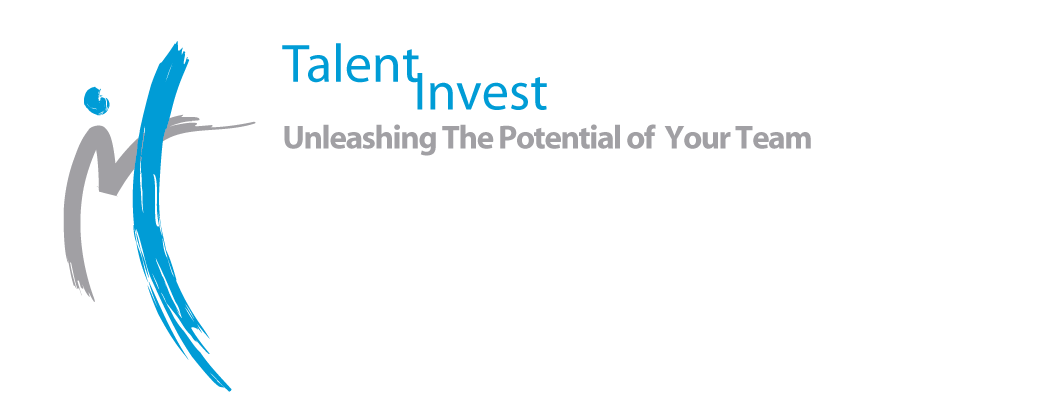The Holy Trinity: Strategy, Culture and Diversity
The role Diversity & Inclusion plays in Strategic Innovation
Written by Meena Thuraisingham, July 2014
Groups that are too much alike and/or whose members have worked together for some time find it harder to keep learning, because each member is bringing less and less new information, new insight to the table. Homogenous teams are great at doing what they do well, but they become progressively less able to investigate alternatives. They spend more time exploiting current opportunities rather than exploring new opportunities.
This is a challenge that is especially critical for organisations that find themselves in an industry or sector undergoing transition or when faced with significant market disruption. In such circumstances, the ability to disturb or disrupt thinking internally becomes paramount to its strategic survival.
The propensity for such organisations to challenge their tendencies to rationalise and post-rationalise their strategies and actions as well as their tendencies to confirm and reinforce the thinking of like-minded executives is all too evident in many recent failures of strategic governance. These failures play out in two ways – in the context of how such groups have limited their options to what they know as well as gravitating to preferred strategic options perceived to be ‘safer’ but that potentially blindside them to the risks and dangers inherent in those options.
Trying to stop these all too human tendencies is futile. Instead organisations need to start recognising the role that diversity can play in exploration of their strategic options.
Microsoft and BP are examples of companies that learnt these lessons the hard way. Microsoft’s young developers developed the first e-reader 10 years before the first e-reader was commercialised. However the internal gravity pull caused senior management to not support an e-reader prototype that did not conform to an electronic Windows format. The working group, arguing that such a move would undermine the consumer experience, was drowned out. Internal divisional squabbling continued and the working group was finally folded into the Major Products Group dedicated to software for Office – the cash cow. The rest is history, opening the way for Apple and Amazon. In the case of BP, by John Browne’s own admission (Ex Chairman and CEO of BP), it prioritised personal safety (making sure everyone had their hard hats, safety checklists and safety accreditation/training) but not process safety. This collective bias captured the organisation’s attention and efforts for many years materially contributing to the major safety disasters that followed, all of which were breaches of process safety. He said “I wish someone has challenged me and been brave enough to say ‘we need to ask more disagreeable questions”.
Aligned to these tendencies organisations must guard against, in many strong, cohesive and successful cultures, speaking truth to power also remains one of the hardest things to do at work. This is especially true with people with whom you have worked with for some time and to whom you may owe your career success and progression to. In such cultures, too much value is placed on alignment, stability and consensus, in contrast to the value placed on divergent views, dissent and conflict – dissent in these cultures often equated with disloyalty. It is such dissonant forces, if prized and fostered, that will keep an organisation alive to the ever-changing landscape.
Ultimately a company’s continuing strategic success depends on the health of its culture, in particular the diversity of voices it encourages, the robust debate it encourages, the contrarians and disrupters it rewards and the extent to which minority views or weak signals are allowed to co-exist with the views of the majority.
